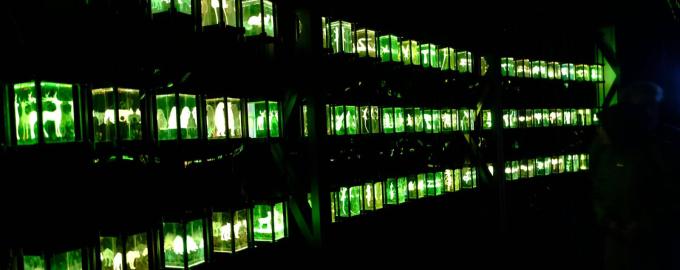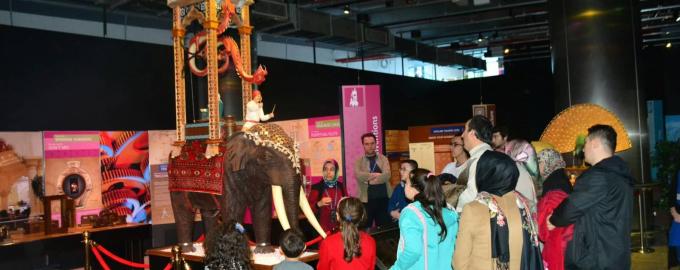We Popularize Science!
Konya Science Center, which aims to endear science to everyone from 7 to 70 and to increase the curiosity for science in all segments of the society, operates as one of the important attraction points of the city.
9 Thematic Exhibition Gallery
Within the main building of Konya Science Center, there are 9 different thematic exhibition galleries: History of Islamic Science, Our Body, Our World, Our Universe, New Horizons, Basic Steps, Path of Discovery, Adventure of Words, Lego Themed Exhibition Gallery. Within the exhibitions, there are dozens of devices that allow visitors to interact interactively.
More details:
https://konyabilimmerkezi.com/















